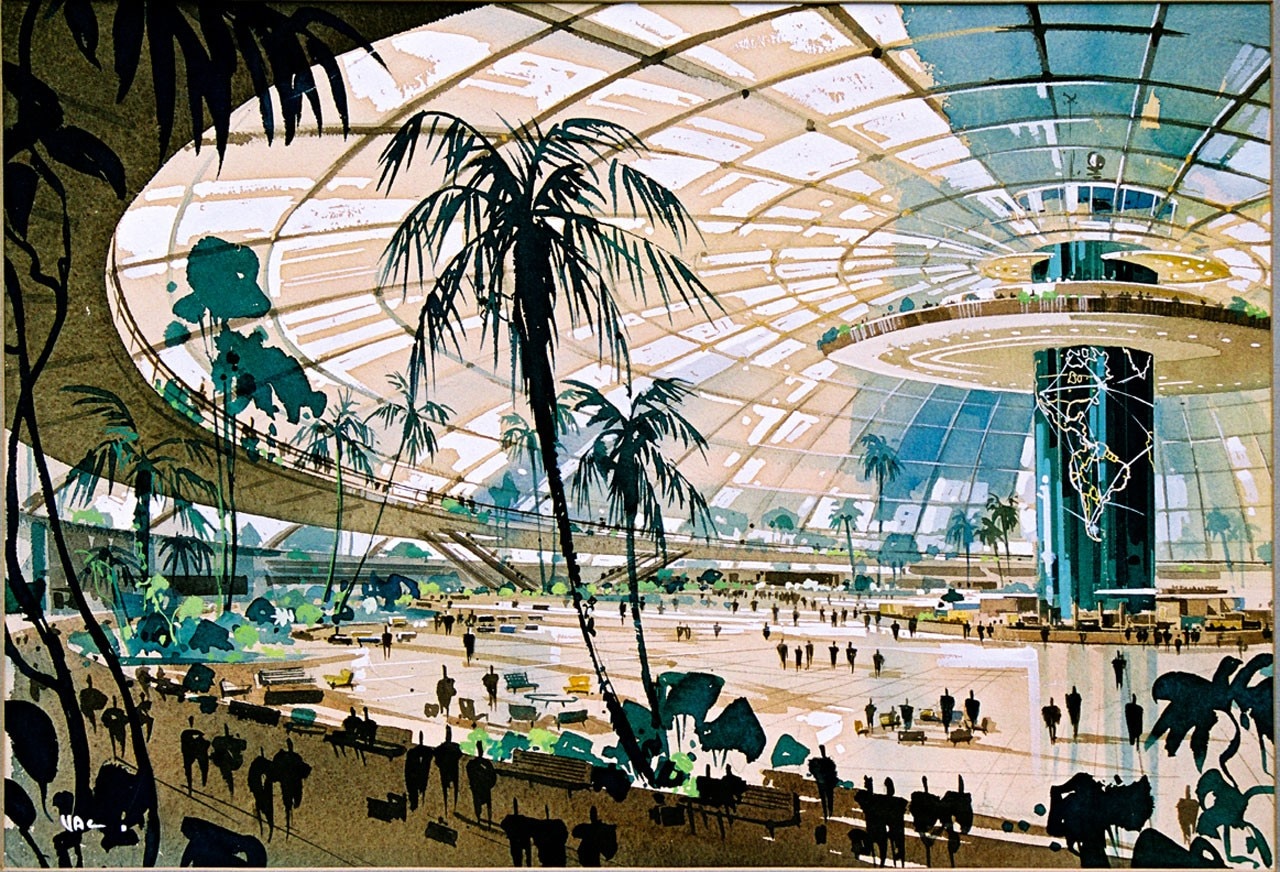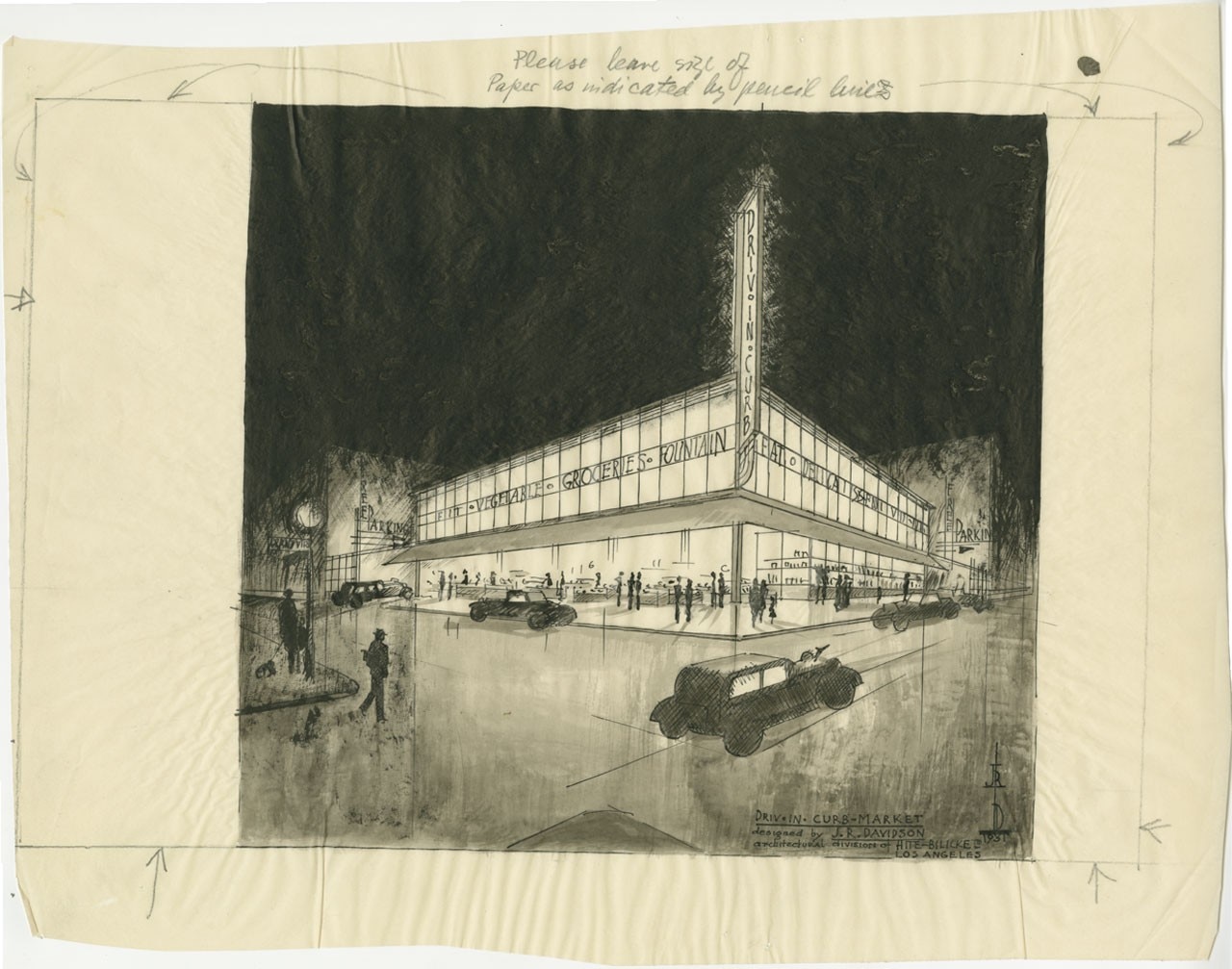
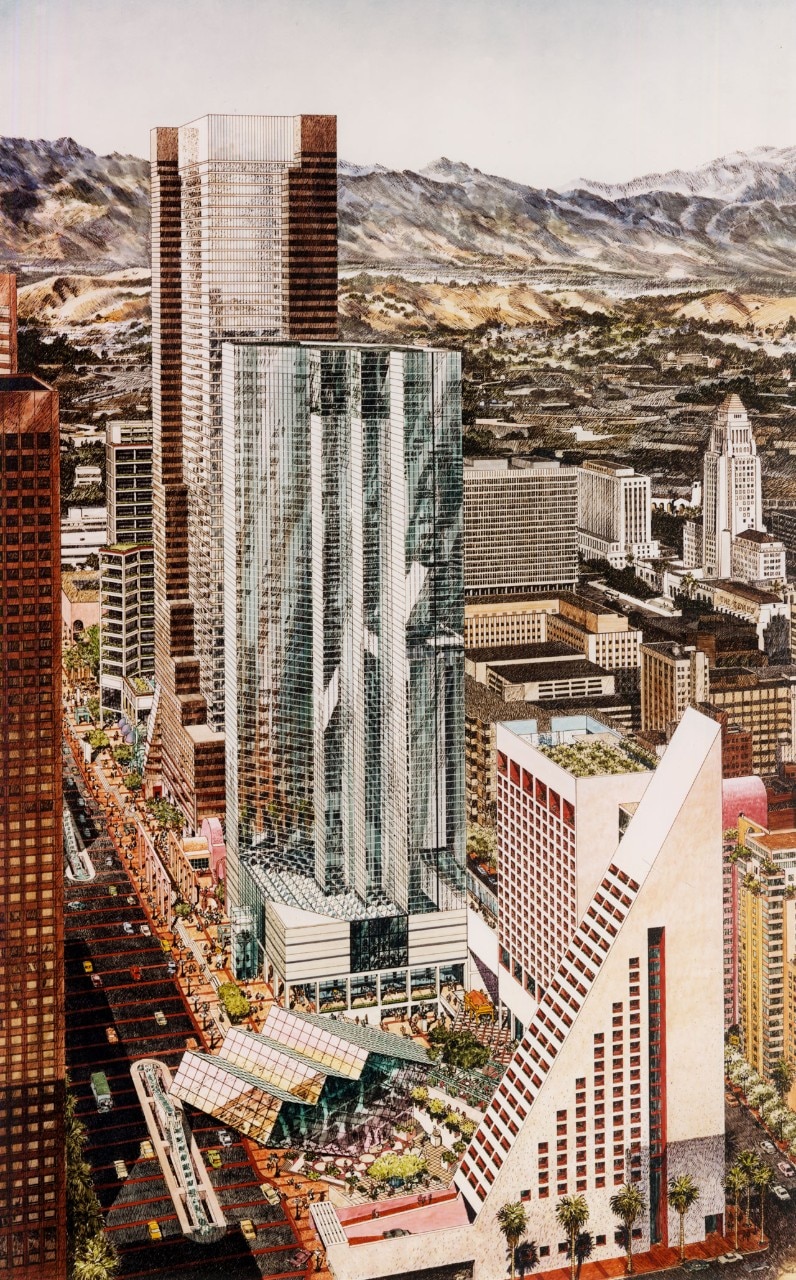
ACDP.jpg.foto.rmedium.jpg)
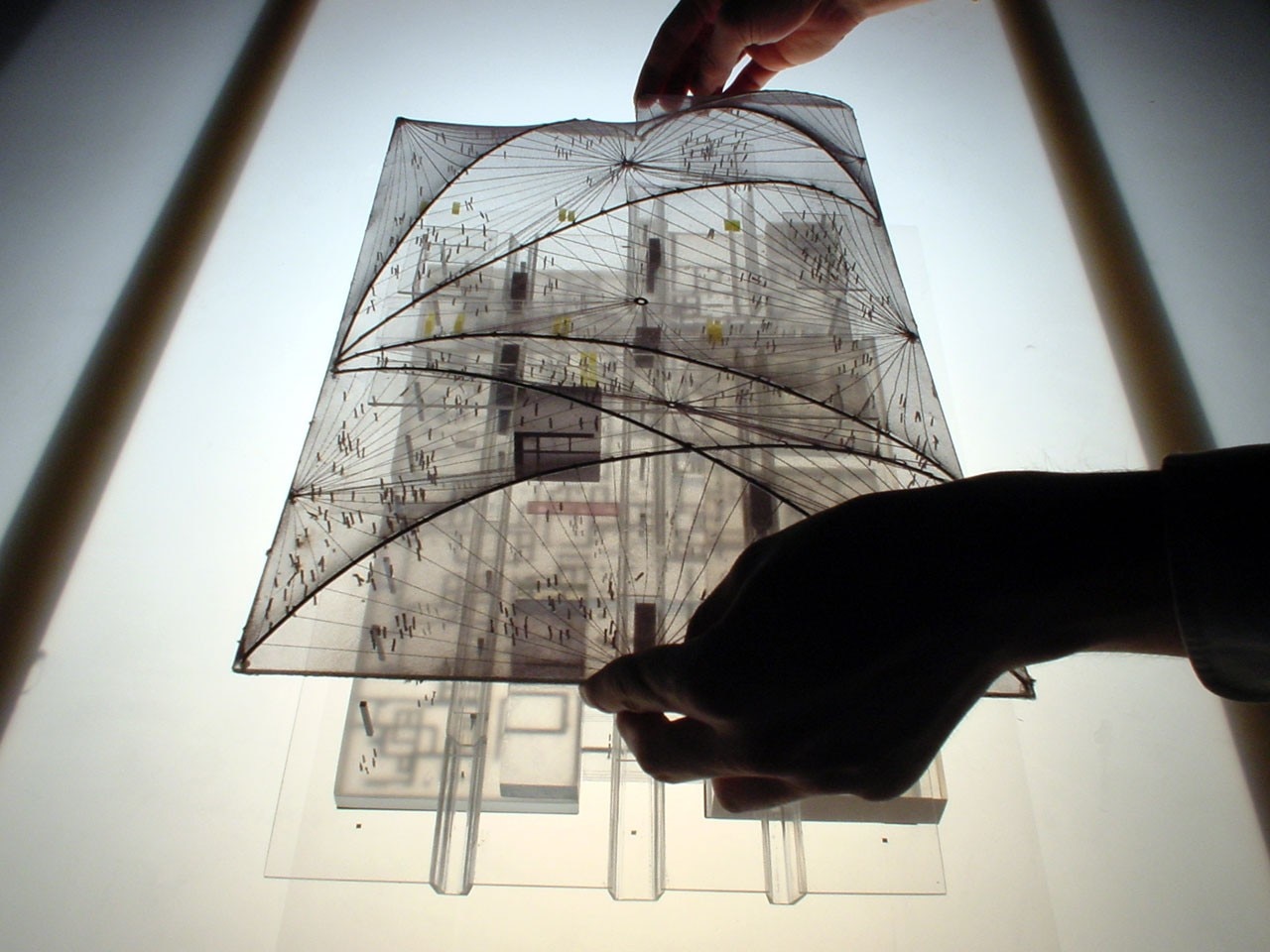
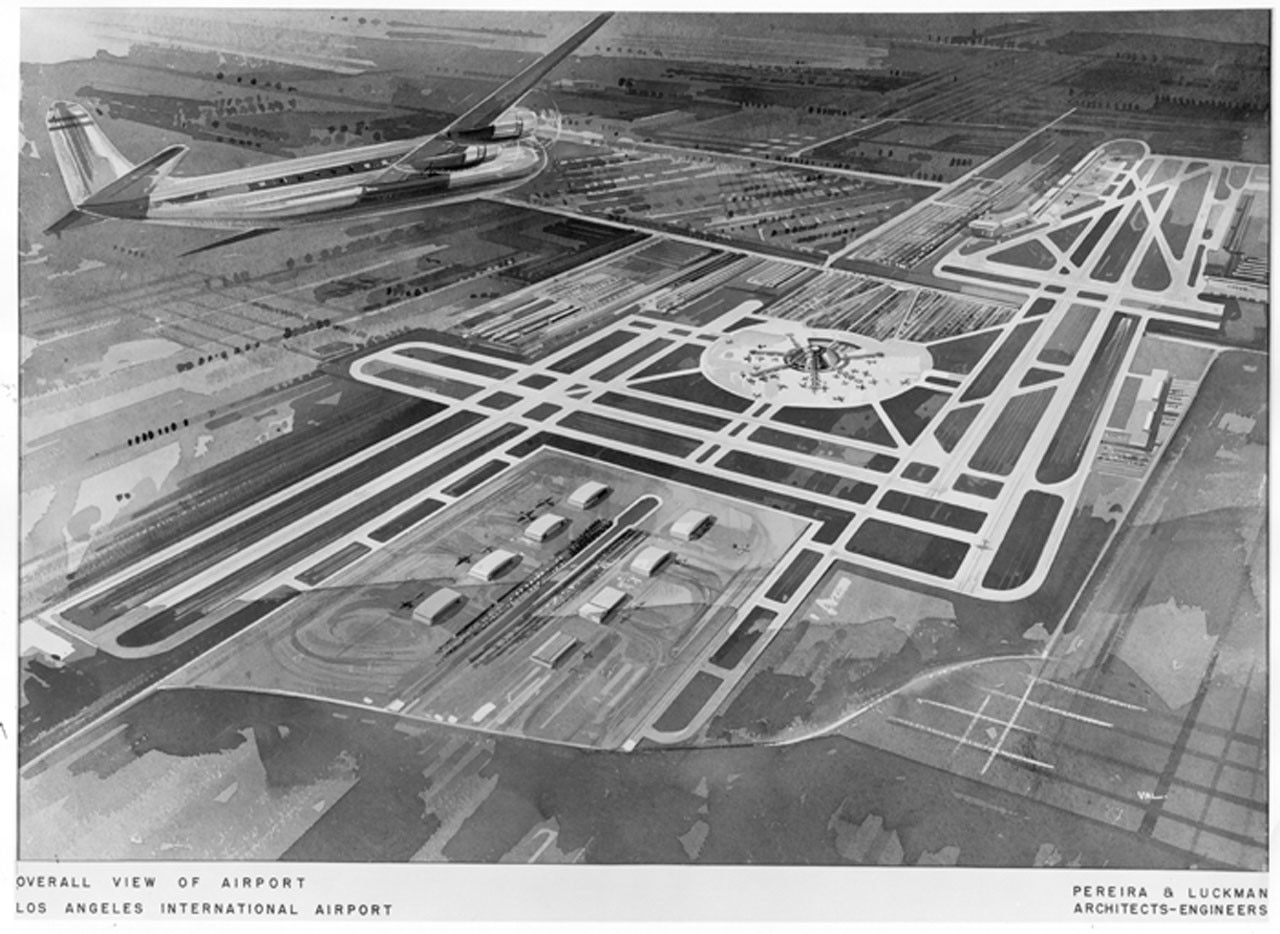
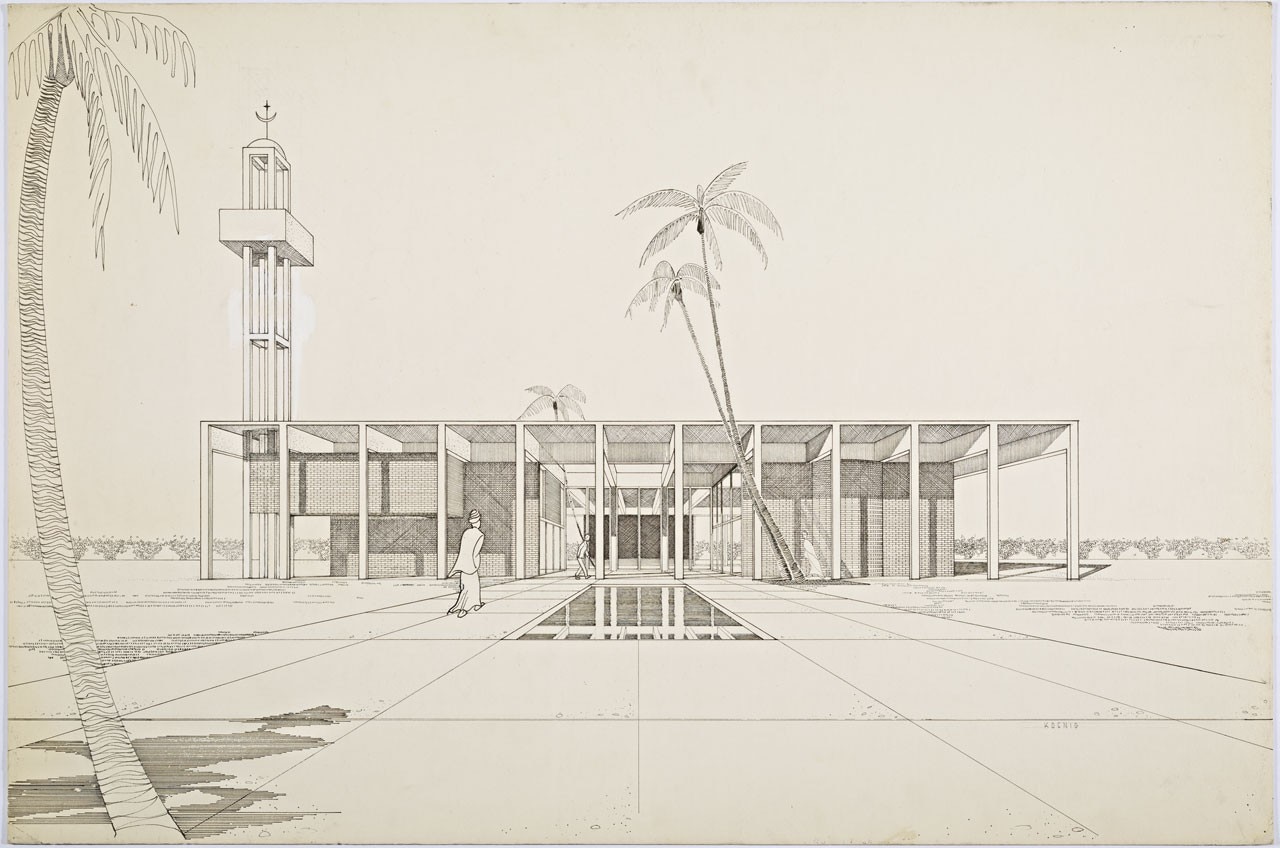
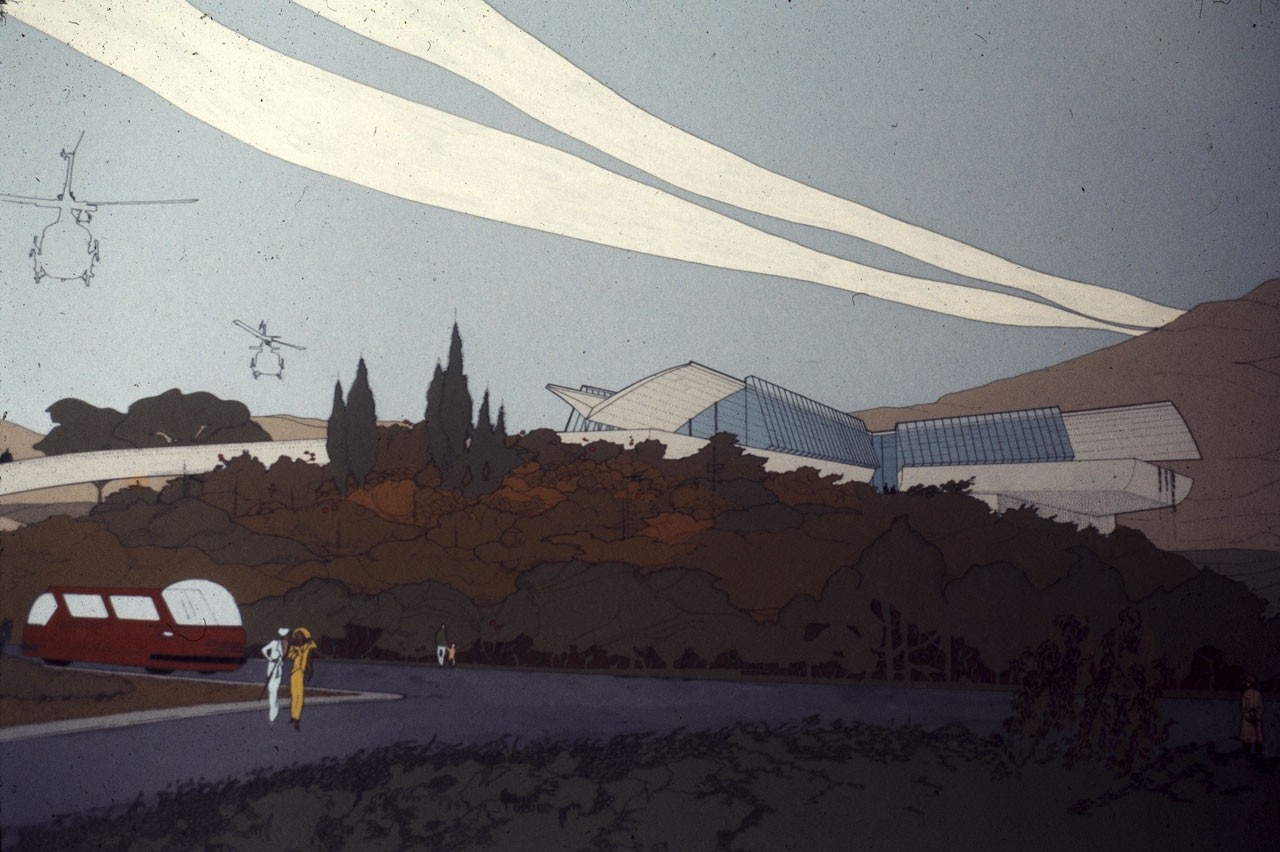

With Titano, design meets performance
The Titano aluminium range by Oknoplast continues to stand out thanks to its high-performance and minimalist design — especially when combined with the Lunar Square handle.



ACDP.jpg.foto.rmedium.jpg)





The Titano aluminium range by Oknoplast continues to stand out thanks to its high-performance and minimalist design — especially when combined with the Lunar Square handle.
